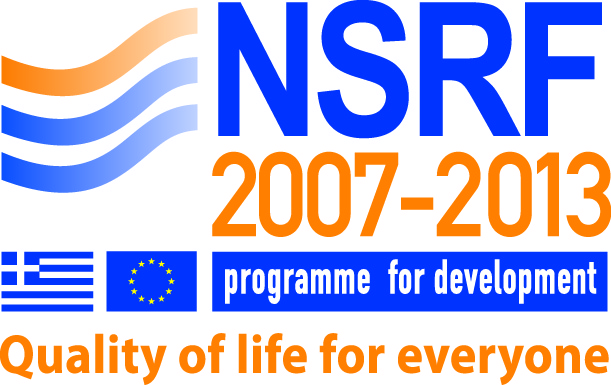Please use this identifier to cite or link to this item:
https://olympias.lib.uoi.gr/jspui/handle/123456789/19699Full metadata record
| DC Field | Value | Language |
|---|---|---|
| dc.contributor.author | Letsas, K. P. | en |
| dc.contributor.author | Charalampous, C. | en |
| dc.contributor.author | Korantzopoulos, P. | en |
| dc.contributor.author | Tsikrikas, S. | en |
| dc.contributor.author | Bramos, D. | en |
| dc.contributor.author | Kollias, G. | en |
| dc.contributor.author | Efremidis, M. | en |
| dc.contributor.author | Sideris, A. | en |
| dc.date.accessioned | 2015-11-24T19:01:30Z | - |
| dc.date.available | 2015-11-24T19:01:30Z | - |
| dc.identifier.issn | 1532-2092 | - |
| dc.identifier.uri | https://olympias.lib.uoi.gr/jspui/handle/123456789/19699 | - |
| dc.rights | Default Licence | - |
| dc.title | Novel indexes of heterogeneity of ventricular repolarization in subjects with early repolarization pattern | en |
| heal.type | journalArticle | - |
| heal.type.en | Journal article | en |
| heal.type.el | Άρθρο Περιοδικού | el |
| heal.identifier.primary | 10.1093/europace/eur390 | - |
| heal.identifier.secondary | http://www.ncbi.nlm.nih.gov/pubmed/22186777 | - |
| heal.identifier.secondary | http://europace.oxfordjournals.org/content/early/2011/12/19/europace.eur390.full.pdf | - |
| heal.language | en | - |
| heal.access | campus | - |
| heal.recordProvider | Πανεπιστήμιο Ιωαννίνων. Σχολή Επιστημών Υγείας. Τμήμα Ιατρικής | el |
| heal.publicationDate | 2011 | - |
| heal.abstract | AIM: The presence of early repolarization (ER) in inferior or inferolateral leads has been associated with malignant arrhythmias and increased mortality. Transmural dispersion of repolarization (TDR) has been proposed to underlie arrhythmogenesis in J-wave syndromes. The present study investigated specific electrocardiographic (ECG) markers including Tpeak-Tend interval and (Tpeak-Tend)/QT ratio that reflect TDR in subjects with ER.METHODS AND RESULTS: The ECGs of 47 healthy individuals (43 males, mean age: 45.7 +/- 13.1 years) with an ER pattern in lateral (n= 15) or infero-lateral leads (n= 32) who successfully completed an exercise stress test were analysed at rest, peak workload, and recovery. The ER pattern was defined as slurring or notching of the terminal part of the QRS complex (J-point) >/=1 mm, in at least two contiguous leads. Thirty-five age- and sex-matched healthy subjects without ER (28 males, mean age: 48.6 +/- 10.2 years) served as comparative controls. Subjects with ER displayed increased Tpeak-Tend interval in lead V(2), Tpeak-Tend dispersion of the precordial leads, and (Tpeak-Tend)/QT ratio in lead V(2) compared with those without ER in all three phases of the exercise test (P< 0.05). In addition, Tpeak-Tend dispersion and the (Tpeak-Tend)/QT ratio in lead V(2) were significantly increased at recovery phase compared with peak exercise only in subjects with ER (P< 0.05). There were no significant differences among the studied ECG parameters regarding the ER location (lateral vs. infero-lateral), the ER type (slurring or notching), or the maximum J-point amplitude (>/= 1.5 vs. <1.5 mm) at baseline ECGs.CONCLUSIONS: Individuals with ER display an increased TDR that may be related to an increased arrhythmic risk. | en |
| heal.journalName | Europace | en |
| heal.journalType | peer-reviewed | - |
| heal.fullTextAvailability | TRUE | - |
| Appears in Collections: | Άρθρα σε επιστημονικά περιοδικά ( Ανοικτά) - ΙΑΤ | |
Files in This Item:
| File | Description | Size | Format | |
|---|---|---|---|---|
| Letsas-2011-Novel indexes of het.pdf | 84.95 kB | Adobe PDF | View/Open Request a copy |
This item is licensed under a Creative Commons License





